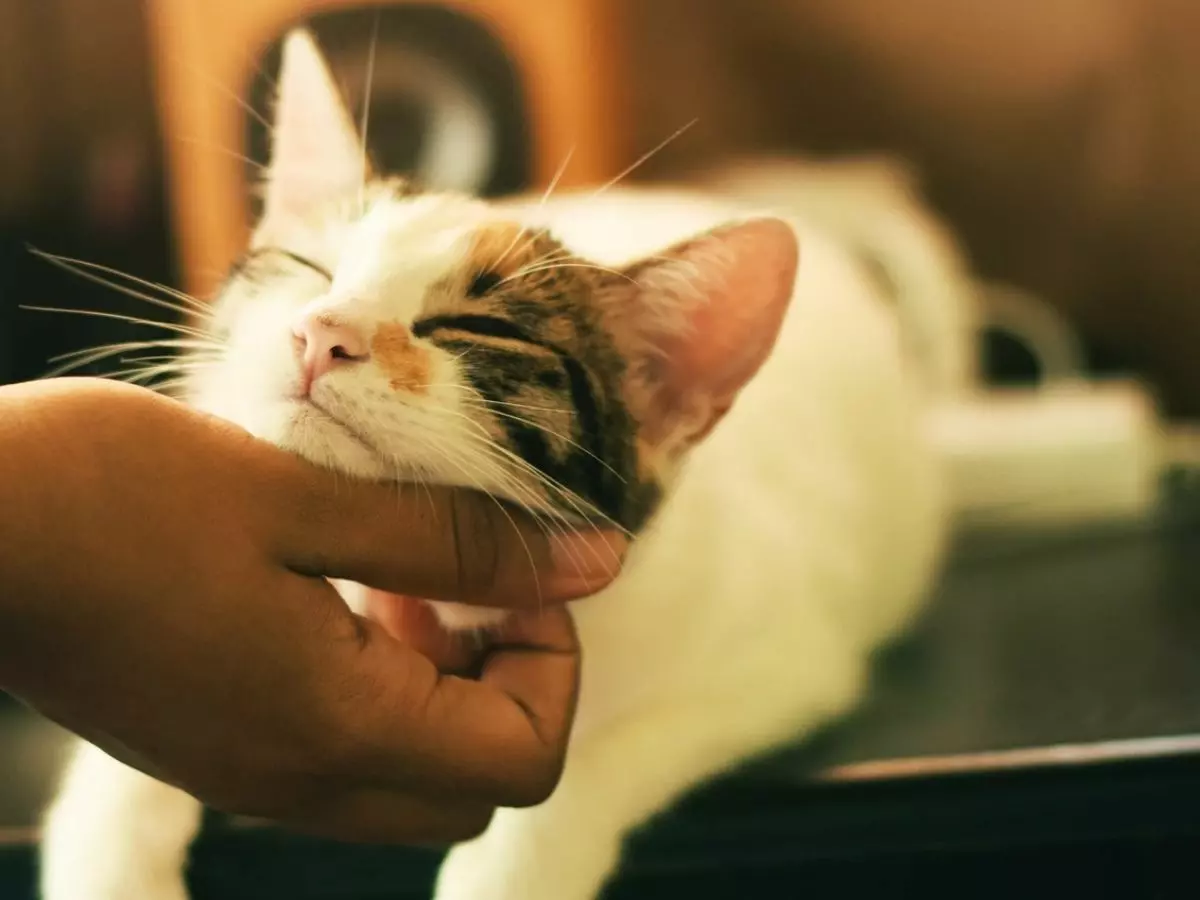Your Cat Will Like You, If You Slowly Blink At It: Study Says It's Like Smiling
This is according to a study conducted by researchers from the University of Sussex and Portsmouth where they found that gradually blinking eyes just like cats is helpful in bonding with them.

When it comes to pets, most people tend to prefer dogs over cats, primarily because they feel dogs are more warm, lovable and emoting, whereas cats feel distant and emotionally uninterested, making it difficult for owners to win them over.
 Unsplash
Unsplash
However, a new study reveals that cats show affection too, it¡¯s just their way of showing that is a little different, and one of the ways to make them like you depends on how you blink your eyes in front of them.
This is according to a study conducted by researchers from the University of Sussex and Portsmouth where they found that gradually blinking eyes just like cats is helpful in bonding with them.
They conducted two experiments to see how a person can make friends with the cold felines. The first study included 21 cats from 14 households. Researchers visited the cats at their respective homes. They tested out repeating the slow blink.
They taught the owners how to slowly blink and once the cat was near them, they asked the owner to sit three feet away from their cat and blink, looking straight at it.
 Unsplash
Unsplash
The researchers looked at how often the cat responded to the slow blink with a slow blink of its own. Later they looked at if cats did this slow blink while they were alone. Researchers discovered that when the owner did the aforementioned slow blink, most of the cats returned the gesture as opposed to doing it randomly.
In another study, researchers used 24 different cats, however, this time with the researcher, not its owners. Researchers wanted to know if this gesture was repeated for a stranger too. The researchers either slow blinked or held a neutral face while moving their hand closer to the cat to pet it, while cameras were recording how the cats reacted.
They found that if a stranger blinks, cats are more likely to come closer and allow the man to touch. They came to a conclusion that slowly blinking is a form of positive communication.
 Unsplash
Unsplash
Dr Tasmin Humphrey, the lead author of the study from the University of Sussex, explains, ¡°Our findings could potentially be used to assess the welfare of cats in a variety of settings, including veterinary practices and shelters. In terms of why cats behave in this way, it could be argued that cats developed the slow blink behaviours because humans perceived slow blinking as positive. ¡°
¡°Cats may have learned that humans reward them for responding to slow blinking. It is also possible that slow blinking in cats began as a way to interrupt an unbroken stare, which is potentially threatening in social interaction.
